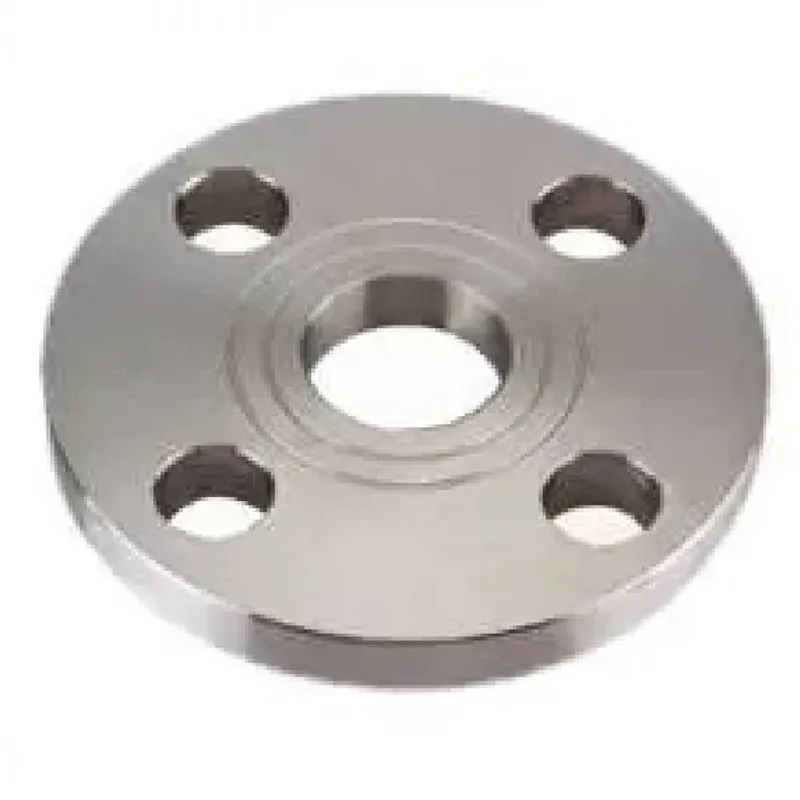-
Cangzhou Yulong Steel Co., Ltd.
-
Phone:
+86 13303177267 -
Email:
admin@ylsteelfittings.com

Oct . 21, 2024 14:44 Back to list
api 5l x60 pipe wall thickness
Understanding API 5L X60 Pipe Wall Thickness A Comprehensive Overview
API 5L X60 is a specification developed by the American Petroleum Institute (API) that outlines the requirements for seamless and welded steel pipes used in the transportation of gas, water, and oil in both the oil and natural gas industries. The X60 designation indicates a minimum yield strength of 60,000 psi, making it suitable for high-pressure applications. One crucial aspect of API 5L X60 pipes is their wall thickness, which plays a significant role in determining the pipe's strength, durability, and suitability for various applications.
Wall Thickness Variations
The wall thickness of API 5L X60 pipes is specified in terms of schedules, with each schedule indicating a different thickness for the same nominal pipe size. The most commonly used schedules for API 5L X60 are Schedule 40 and Schedule 80, though there are many other schedules available depending on the required pressure rating and application. The wall thickness is a key factor in assessing the pressure-bearing capacity of the pipe; thicker walls can better withstand internal pressures and external impacts.
Calculating Wall Thickness
When determining the appropriate wall thickness for a specific application, several factors must be considered. These include the internal pressure, the type of fluid being transported, the temperature of the operation, and external environmental conditions. Engineers and designers often utilize various formulas derived from the Barlow formula, which involves the pipe's diameter, wall thickness, and tensile strength. The equation can be summarized as follows
\[ P = \frac{2St}{D} \]
Where - \( P \) = Internal pressure - \( S \) = Allowable stress (dependent on material) - \( t \) = Wall thickness - \( D \) = Outer diameter
api 5l x60 pipe wall thickness

This formula helps determine the maximum allowable working pressure and the corresponding wall thickness required for safety and performance.
Industry Applications
API 5L X60 pipes are frequently applied in pipelines for transporting natural gas, crude oil, refined products, and other industrial fluids. Their excellent mechanical properties and resistance to corrosion make them ideal for use in harsh environments, such as offshore drilling and deepwater applications. The robust wall thickness of X60 pipes ensures longevity, enhancing the reliability of infrastructure used in these industries.
Quality Standards and Testing
To ensure compliance with API specifications, manufacturers of API 5L X60 pipes must meet rigorous quality control and testing standards. Non-destructive testing methods, such as ultrasonic testing and radiographic inspections, are commonly employed to detect any defects in the welds or material that could compromise the pipe's integrity. Additionally, mechanical testing, including tensile tests and hardness tests, is performed to verify that the pipes meet the required specifications for yield strength and toughness.
Conclusion
In summary, the wall thickness of API 5L X60 pipes is a critical factor in their performance in the oil and gas industry. With careful consideration of the application requirements and rigorous adherence to quality standards, these pipes provide a reliable solution for high-pressure transportation needs. Understanding the nuances of wall thickness helps engineers and industry professionals make informed decisions to ensure safety and efficiency in their operations.
Latest news
-
ANSI 150P SS304 SO FLANGE
NewsFeb.14,2025
-
ASTM A333GR6 STEEL PIPE
NewsJan.20,2025
-
ANSI B16.5 WELDING NECK FLANGE
NewsJan.15,2026
-
ANSI B16.5 SLIP-ON FLANGE
NewsApr.19,2024
-
DIN86044 PLATE FLANGE
NewsApr.19,2024
-
DIN2527 BLIND FLANGE
NewsApr.12,2024
-
JIS B2311 Butt-Welding Fittings LR/SR 45°/90° /180°Seamless/Weld
NewsApr.23,2024
-
DIN2605-2617 Butt-Welding Fittings LR/SR 45°/90°/180° Seamless/Weld
NewsApr.23,2024











